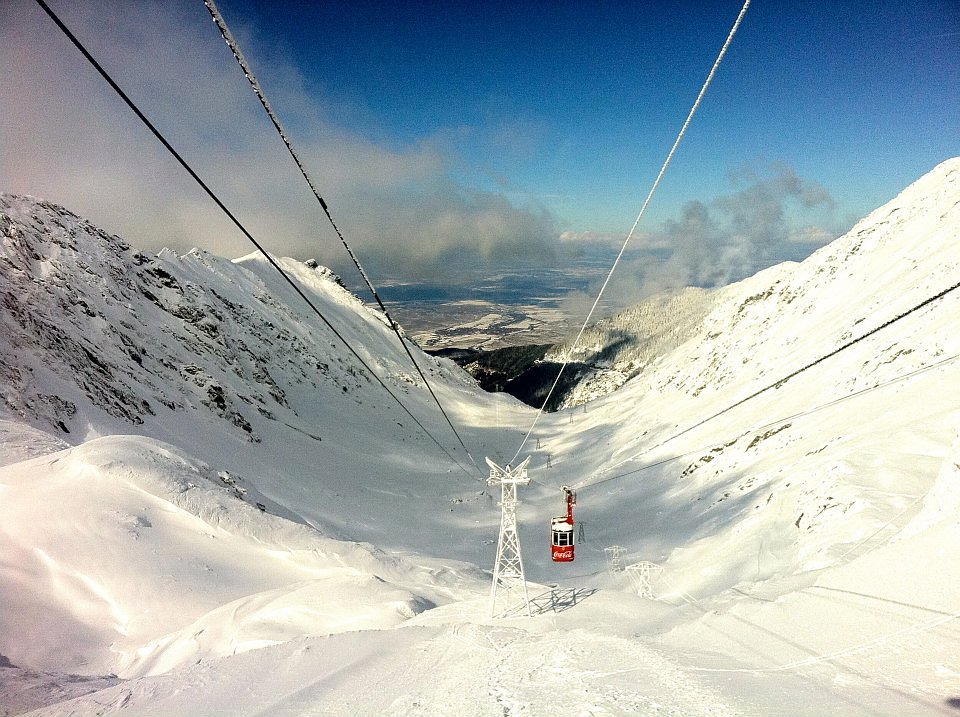Ice Climbing Excursions
What Are the Key Safety Measures for Ice Climbing Excursions?

Posted on Wed 10 Jul 2024 · by James Chisnall
Ice climbing is an exhilarating sport that combines the physical challenge of climbing with the unpredictable nature of ice. It requires not only strength and stamina but also a deep respect for the environment and meticulous preparation. As thrilling as it is, ice climbing carries inherent risks, making safety measures crucial for every climber’s arsenal.
Essential Gear for Ice Climbing
Climbing Equipment
The right equipment is your first line of defence against the hazards of ice climbing. Essential gear includes dual-point crampons for stability on ice, ice axes for climbing and arrest, and a climbing harness designed for cold weather and bulky clothing. Each piece of equipment must meet safety standards specific to ice climbing. Regular inspection for wear and damage is critical, as the integrity of your equipment can be the difference between a successful climb and an accident.
Clothing and Protection
Appropriate clothing is vital to protect against severe cold and wet conditions. Climbers should wear multiple layers, including a base layer that wicks away sweat, an insulating layer for warmth, and a waterproof outer layer to guard against moisture and wind. Special attention should be given to extremities, with insulated gloves and socks being essential. A well-fitting helmet is non-negotiable to protect against falling ice, which is one of the most common hazards during climbs.
Pre-Climb Preparation
Physical Fitness
Ice climbing is physically demanding. Adequate fitness not only enhances performance but also safety. Cardiovascular endurance, strength training, particularly for the upper body and core, and flexibility exercises should form part of a regular training regimen. Climbers should also focus on acclimatisation to cold environments, potentially through other winter sports or cold-weather hiking.
Technical Skills Training
Before attempting to climb, thorough training in technical skills is essential. This includes learning how to effectively use climbing equipment, understanding anchoring systems, practising proper crampon techniques, and mastering rope-handling skills. Many climbers start in a controlled environment, such as an indoor ice climbing facility or take courses from certified instructors to build these skills in a safe setting.
During the Climb
Communication and Navigation
Effective communication is critical, especially in challenging and often changing conditions. Teams should have a clear method of communication, using both verbal commands and signals. Reliable communication devices, adjusted to cold weather use, can be life-saving in emergencies. Navigation tools such as GPS devices, maps, and compasses must be adapted for use in snowy or icy conditions, and climbers should be proficient in their use to prevent disorientation, which can be deadly in icy terrains.
Emergency Procedures
Understanding and preparing for potential emergencies is crucial. This includes having a well-thought-out action plan for various scenarios, such as sudden weather changes, injuries, or equipment failure. Basic first aid knowledge, especially regarding frostbite and hypothermia, is essential. Each member of the climbing party should carry a personal first aid kit and know how to use it.
Climbing ice is as much about skill and endurance as it is about preparation and precaution. The right gear, physical preparation, and an understanding of the ice environment form the basis of a safe climbing experience. With these in place, climbers can focus on the thrill of the ascent, confident in their ability to tackle the challenges ice climbing presents.
Environmental Considerations
Understanding Ice Conditions
Successful ice climbing hinges on the ability to accurately assess ice conditions. Climbers must understand the different types of ice, such as alpine, waterfall, or glacier ice, each presenting its own set of challenges and stability. Temperature fluctuations, recent weather events, and the time of day can all affect ice quality. Learning how to interpret the colour and sound of ice can provide crucial information about its stability, helping climbers make informed decisions about whether to proceed or retreat.
Impact on the Environment
Ice climbers must be vigilant about their environmental impact. The ecosystems where ice formations occur are often sensitive and can be easily damaged. Climbers should practice Leave No Trace principles rigorously, such as avoiding vegetation, minimising path creation, and packing out all waste. Respecting wildlife habitats and adhering to local conservation laws are also crucial for preserving these pristine natural environments.
Post-Climb Practices
Equipment Maintenance
Proper post-climb care of equipment ensures it remains reliable for future excursions. Ice climbing gear should be cleaned of any ice, snow, and debris and stored dry to prevent rust and deterioration. Regular checks for damage or wear, particularly on ropes, harnesses, and metal equipment like crampons and ice screws, are essential for safety. Replacing gear before it fails can prevent accidents on subsequent climbs.
Review and Learn
Every climb offers valuable lessons that can enhance safety and technique. Reviewing what went well and what could be improved should be a routine part of every expedition. Climbers should debrief as a team to discuss key observations and experiences. Additionally, sharing insights with the broader climbing community can help others prepare and learn from different scenarios encountered during climbs.
Ice climbing is an adventure that demands respect for the power of nature and a commitment to safety and environmental stewardship. By following these guidelines, climbers can enjoy the thrill of scaling icy terrains while ensuring their safety and preserving the natural beauty of these environments for future generations. Embracing the challenges and rewards of ice climbing not only enhances personal skills but also contributes to the safety and sustainability of the climbing community. As you gear up for your next ice climbing adventure, remember that preparation, respect, and responsibility are the keys to a successful and rewarding experience.
